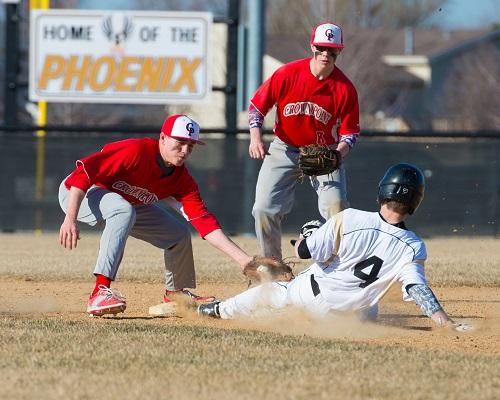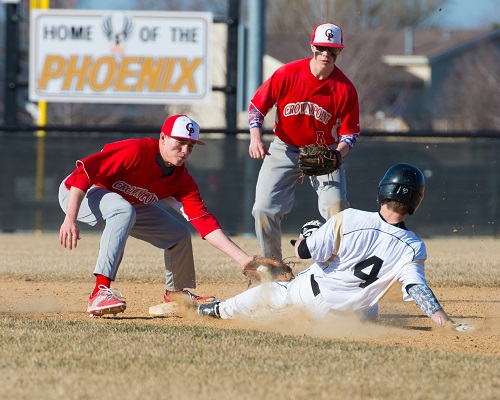

And while the phenomenon had been observed in previous years, COVID opened the floodgates. Travel programs are flush with athletes as kids (and their parents) jump at the chance to play again.
And that spells bad news for high school teams.
Athletic Business noted that Mio High School in Michigan had shut down its basketball program for the season after too many players defected to travel teams. Spurred on by the vagueness of Michigan’s return-to-play protocols (which kept moving the date for actual competition), players finally tossed in the proverbial towel and headed for travel programs.
“Some of them were frustrated. They didn’t believe the season was going to happen, so they decided to get their kids in travel ball,” Paul Ciske, superintendent of Mio-Au Sable Schools, told MLive. “People want their kids to play. You can’t stop them from doing that. They were getting impatient waiting on the health department and the MHSAA and went looking for other things. Now we don’t have a program left.”
Mio has a storied tradition of championships but this year won’t be one of them since the Michigan High School Athletic Association has a rule prohibiting students from playing on a non-school team in season.
While it’s unknown whether other states have the same rules, or whether if so, they may revisit them, the exodus of athletes is a phenomenon nationwide.
In California, Cronkite News noted, many athletes whose teams were on hold dropped their varsity affiliations to play travel baseball in states like Arizona, where restrictions were fewer and tournaments were plentiful.
Julian Jenkins, senior director of regional recruiting for Next College Student Athlete, a recruiting platform, said high school seniors are at a severe disadvantage because of the pandemic.
“Because of COVID, all of these kids aren’t getting scouted properly, aren’t getting the attention they should be getting if scouts were being deployed,” Jenkins said. “They’re being limited to whatever highlight tapes they can send over and whatever connections they’ve already made.”
And high school sports, even prior to the pandemic, were showing a decline in participation. While there wasn’t a specific factor cited in the drop, one theory was that travel programs were gaining the players.
According to an article in Complex.com, programs offered by the AAU (Amateur Athletic Union), for example, are now considered preferable to varsity basketball because of the cache of being involved on a more elite level.
“AAU is killing high school basketball,” Marcus Stout told Complex in 2019. Stout, a former standout at Fordham University who briefly played overseas, now teaches basketball fundamentals to youth. “Kids don’t have any loyalty to their high school anymore. We live in a microwave society where players and coaches are focused on short-term success rather than building something bigger.” In essence, he notes, AAU programs are stacked all-star teams built to compete with other stacked all-star teams across the country.
One draw of AAU and other travel programs is the level of competition they provide. According to the experts, as more competitive players gravitate to those programs, high school teams develop a reputation as having mediocre competition. And it was an across-the-board phenomenon. Little League was even suffering as more baseball players gravitated to elite programs.
COVID simply amplified the situation. With no way to play for their schools, students (and their parents) began looking outside their jurisdiction for ways to keep their children active. The #LetThemPlay and #LetUsPlay hashtags went viral as students began petitioning state officials and demanding return-to-play guidance. When that didn’t work, the athletes who had the means to do so simply left. Many moved to travel ball but others took the drastic step of moving to other states entirely.
But the group that sustains the most harm is not high schools, according to those in the industry. It’s lower-income students who lack the means to participate in travel sports and who now lack high school teams to showcase their abilities.
“If you don’t have money, it’s hard to play,” said Tom Farrey, executive director of Aspen’s Sports & Society program.
To combat the problem, high school associations will likely need to press on two levers: the first being getting state officials to give permission to resume competition. The second is to revisit any rules prohibiting student athletes from playing on travel ball as well.
In Michigan, for example, it might have saved Mio High School’s program and even brought another championship.
“Some people aren’t happy about it,” Ciske said. “I know people care about basketball here. But this is not a usual year.”

